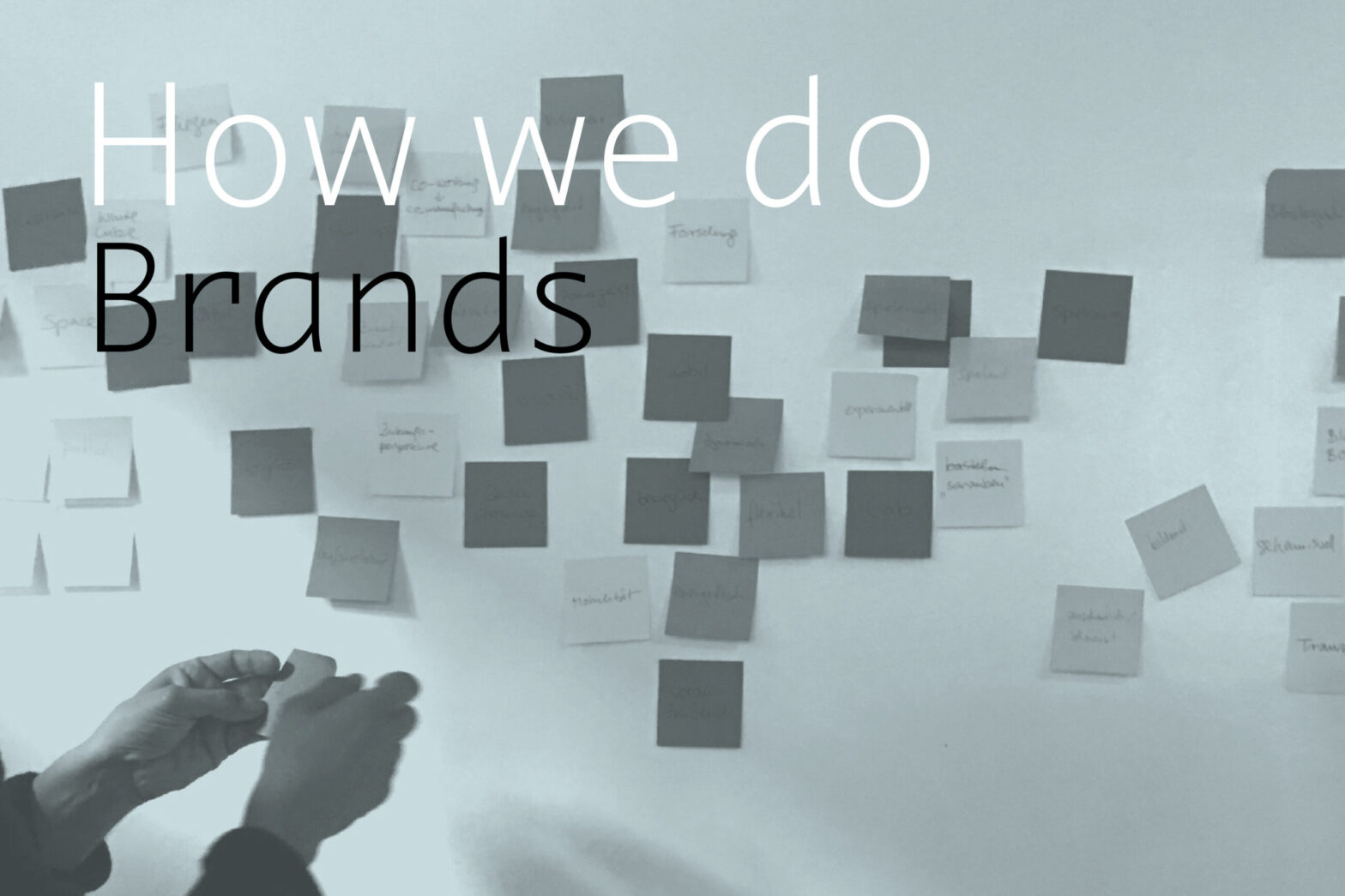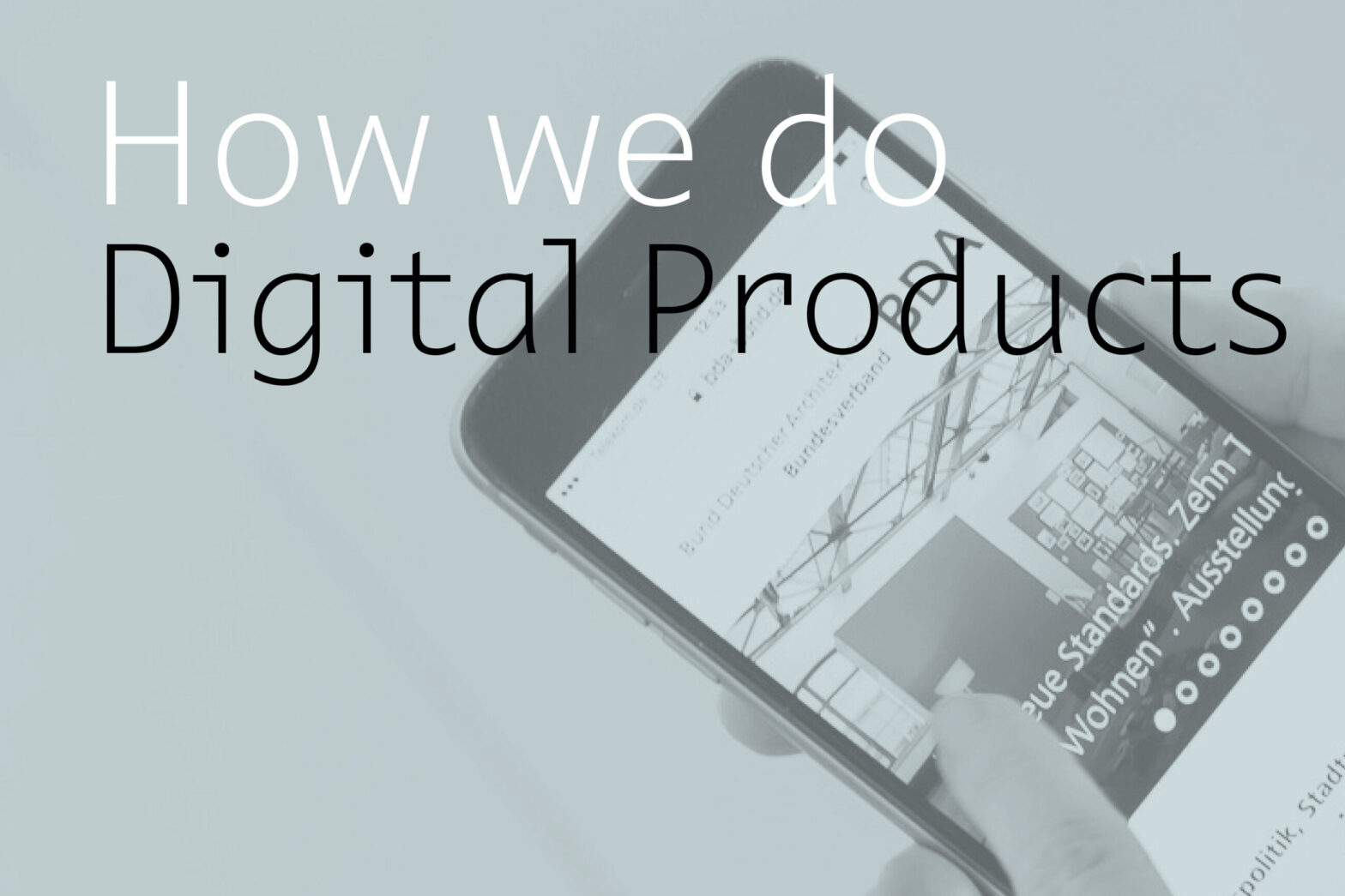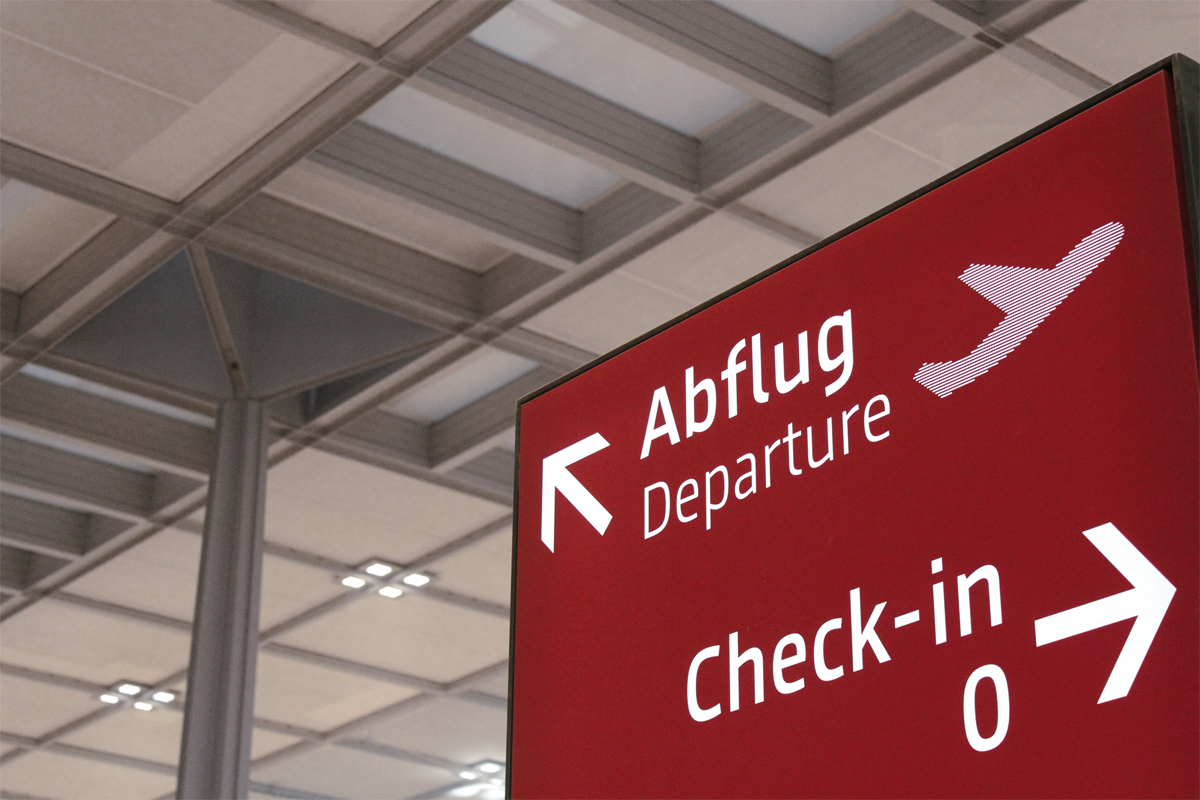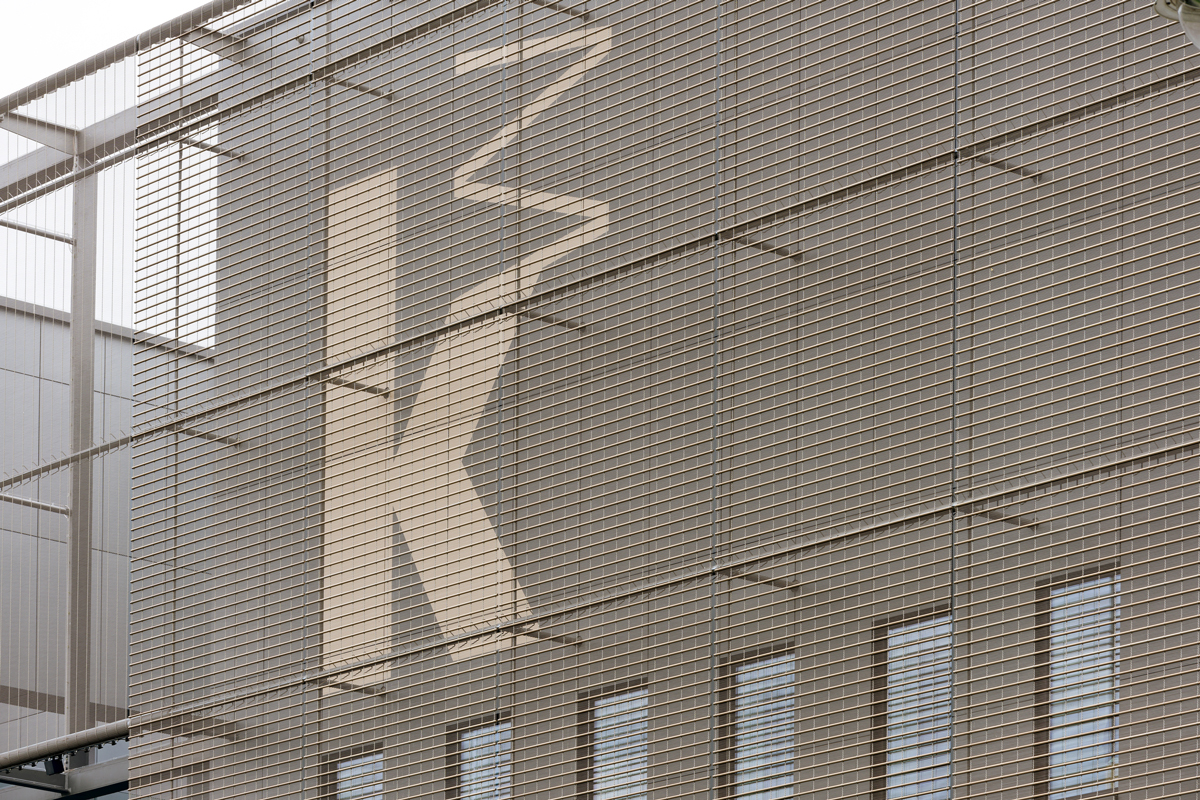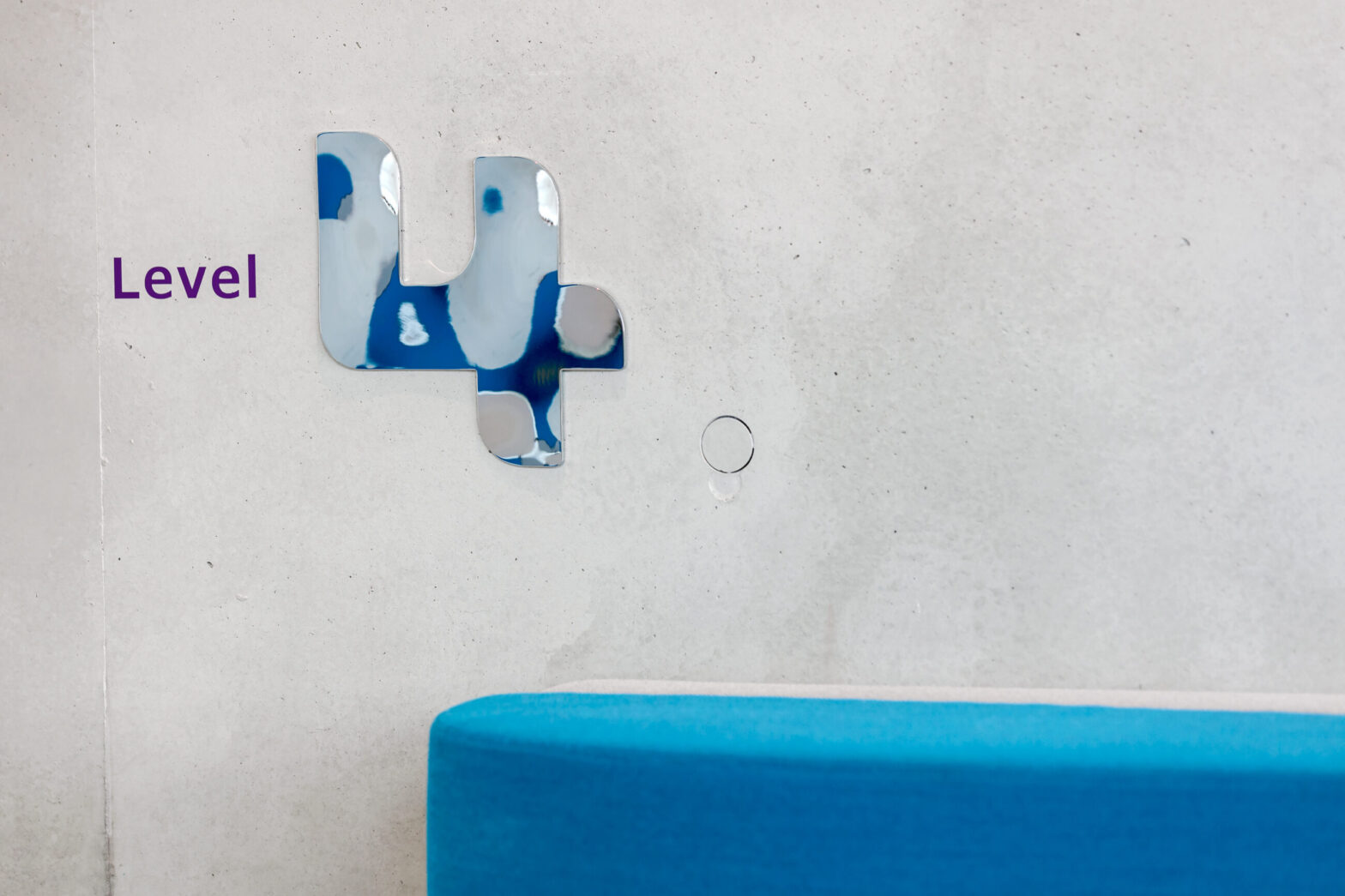How we do wayfinding
How orientation evolves
A guidance and orientation system or signage forms a meta-level that expands space with information. In many buildings, this information in the form of signposts or markings is a basic requirement in order to be able to orientate themselves in it at all. In airports, urban areas or museums with thousands of visitors per day, orientation systems are an important part of the overall communication. They contribute to the effective use of space, to the well-being of people and to the formation of identity.
People use a variety of strategies to reach their destinations. Some orient themselves consciously, using cognitive methods, others are more intuitive. For us, as wayfinding experts, this means that we put our orientation concepts on a broad basis. We create clear structures, we set emotional signals and develop an authentic design.
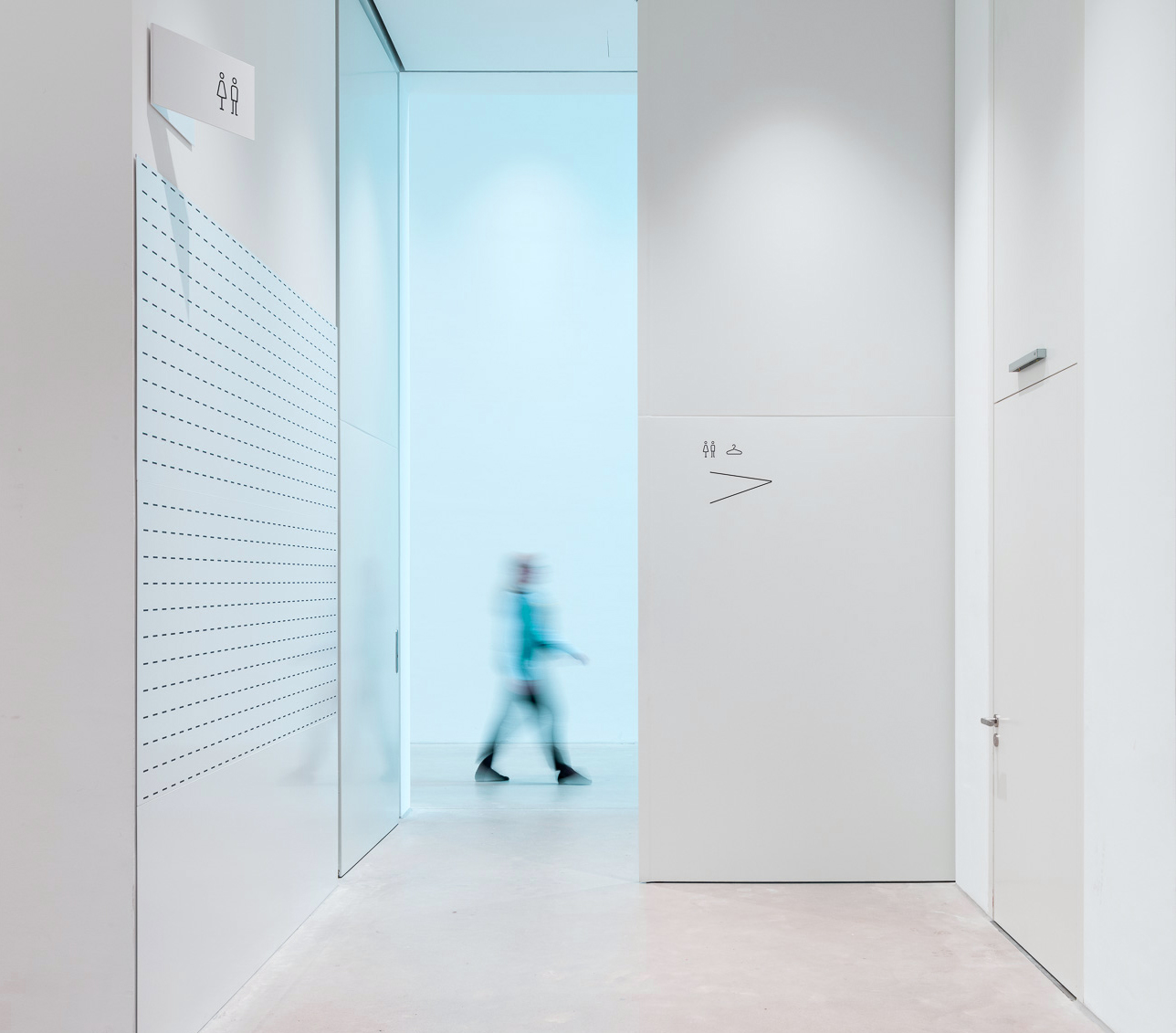



By working together with builders, architects, operators and users on the conception, we create sustainable orientation systems that fulfill their task effectively and in the long term. They are user-friendly, they communicate corporate values, create identity and tell the story of a place. Analyzes, workshops and consultations form the basis for a concept, many questions are answered: What goals do I pursue with the control system? Which language do I speak, internationally, pictorially minimal? What is the mobility concept? How global is the system, which areas are included, which interfaces does it have? Which material should be used and why?


Because we like to think systematically and love contemporary design, we work with enthusiasm on orientation systems. We are Wayfinding experts! Our large pool of knowledge, participation in specialist conferences, trade fairs and meet-ups enable us to effectively plan complex orientation systems.

Interfaces to our other work areas are obvious: digital products support orientation, control systems are part of a higher-level fire strategy. Design concepts are comprehensive and, as a whole, develop a special power.
